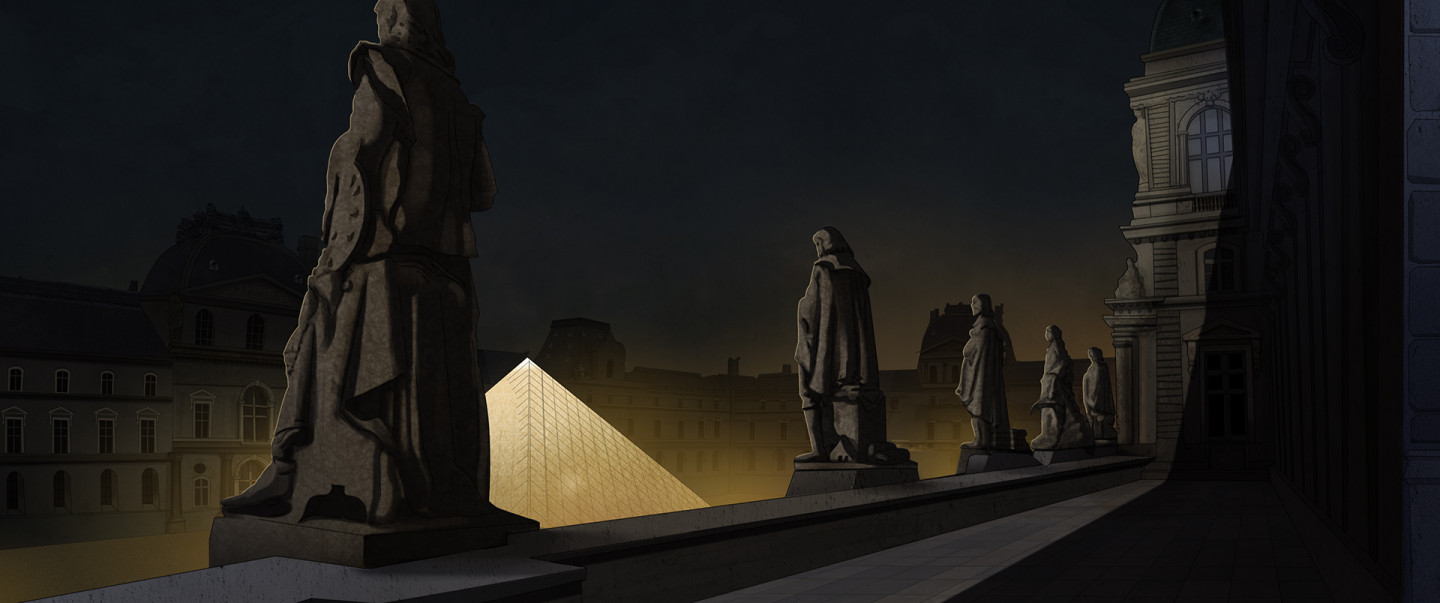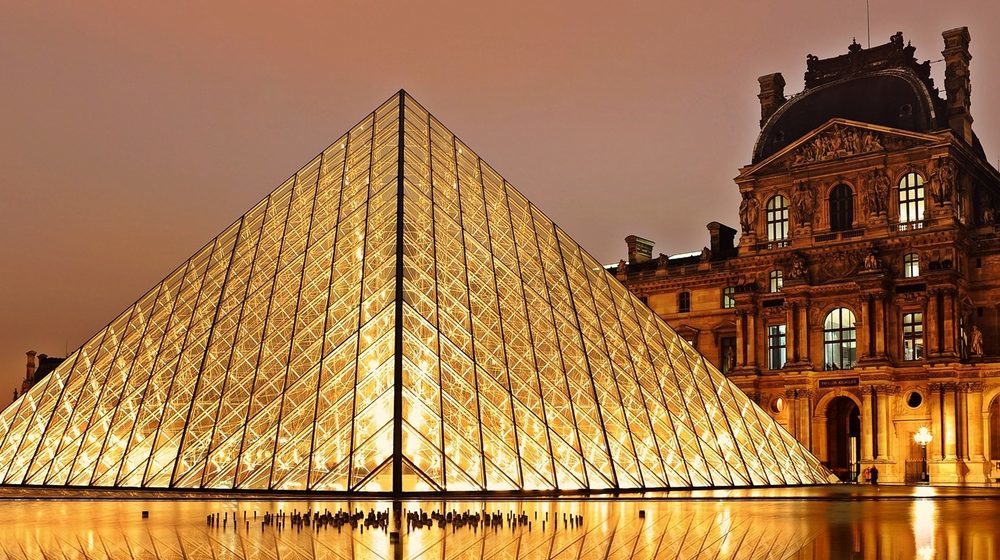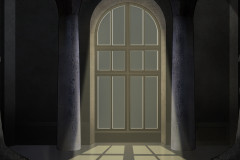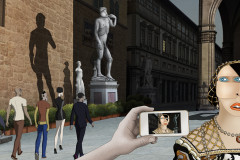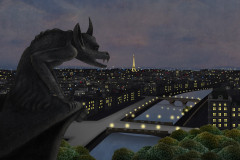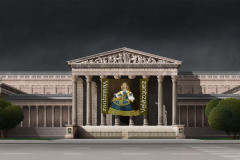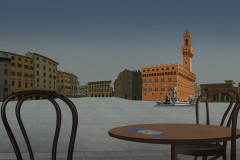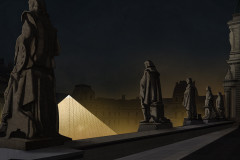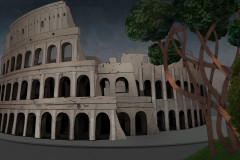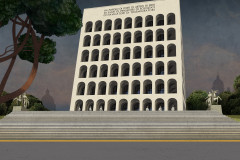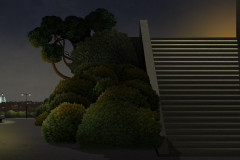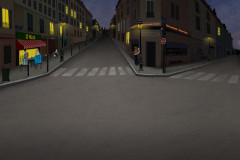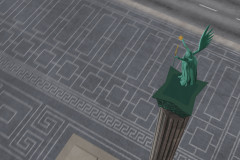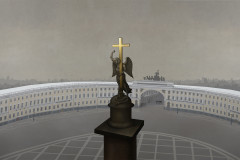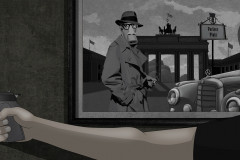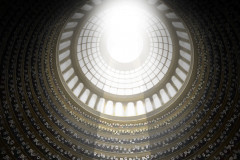Sátánista jelkép lenne? Az építtető François Mitterrand, francia elnök fáraó-komplexusa hívta életre? Mária Magdolna sírhelyét rejti? Ilyen felvetések láttak napvilágot a Louvre 21 méter magas piramisával kapcsolatban, ami a mai napig megosztja a franciákat.
1983-ban határoztak a múzeum bővítéséről és modernizálásáról. A pályázatot Ieoh Ming Pei nyerte, aki a főudvar szintje alá süllyesztett többszintes mélyépületet és hozzá üveg, acél és alumínium elemekből álló, piramis formájú bejáratot tervezett. Hogy miért éppen piramis? „Magától értetődő megoldás.” – válaszolta egyszer Pei. Az építkezés ellenzői a kezdetektől kritizálták ezt a megoldást, valószínűleg ők terjesztették azt is, hogy a piramis üveglapjainak száma pontosan 666, ami a Sátán száma. Bár több hivatalos „számlálás” is volt sokféle eredménnyel, az üvegpanelek száma ennél biztosan több. A nagy piramis alatt egy Fordított piramis is „belóg” a földalatti térbe. Ennek szimbolikája nincs, a statikai bravúr miatt tervezte hozzá Pei – mondjuk díjat is nyert vele.
Bár a piramis alakja elég misztikusan hat a barokk épületegyüttesben, a Ruben Brandt-filmben nem kap cselekmény-szerepet szerepet Pei gúlája, de fontos háttérként ott van. A Louvre éjszakai látványa és a kivilágított piramis persze megjelenik (többször is), mivel Kleopátra legyezőjét innen hozza el Mimi.
Pyramid of the Louvre
A satanic symbol? The product of French President François Mitterrand’s pharaoh complex? The secret tomb of Mary Magdalene? These are just a few of the conspiracy theories that have circulated about the Louvre’s 21-meter-high glass pyramid—an architectural feature that still divides opinion in France today.
In 1983, a decision was made to expand and modernize the museum. The winning design came from Ieoh Ming Pei, who proposed a multi-level underground extension beneath the main courtyard, with a glass, steel, and aluminum pyramid serving as the entrance. Why a pyramid? “It was the natural solution,” Pei once replied. From the beginning, critics opposed the choice. Some likely helped spread the rumor that the pyramid is composed of exactly 666 glass panes—the number of the Devil. While multiple official counts have produced varying results, the number of panes is certainly higher than that.
Beneath the main pyramid hangs an inverted one, suspended into the underground space. Its design holds no symbolic meaning—it was conceived as a structural feat, one that eventually earned Pei an award.
Although the pyramid’s shape feels mysterious against the backdrop of the baroque palace, it doesn’t play a direct role in the plot of Ruben Brandt, Collector. Still, it appears multiple times as an important visual backdrop. The Louvre’s glowing nighttime presence, with Pei’s illuminated pyramid at its heart, is especially memorable—particularly since this is where Mimi steals Cleopatra’s fan.






